Blackpool Sands
Mackerel Season
Thousands of tiny fish washed up on the beach, chased out of the sea by the Mackerel.
Mackerel
Mackerel are a migratory fish which swim in large shoals near the surface. During the winter season, the fish live near the seabed off the southwest coast of Norway, and in this period they eat very little.
This changes between April and May, when they swim to the central parts of the North Sea to spawn. They usually arrive in our waters around late spring and leave early autumn.
Talking to Bert, a retired Michelin trained chef who now works the gate for a bit of splash money, the Mackerel usually come into this area around May/June time. This year was no exception.
There was no warning. One day nothing. The next morning there were literally thousands of tiny fish washed up on the beach, chased out of the sea by the mackerel.
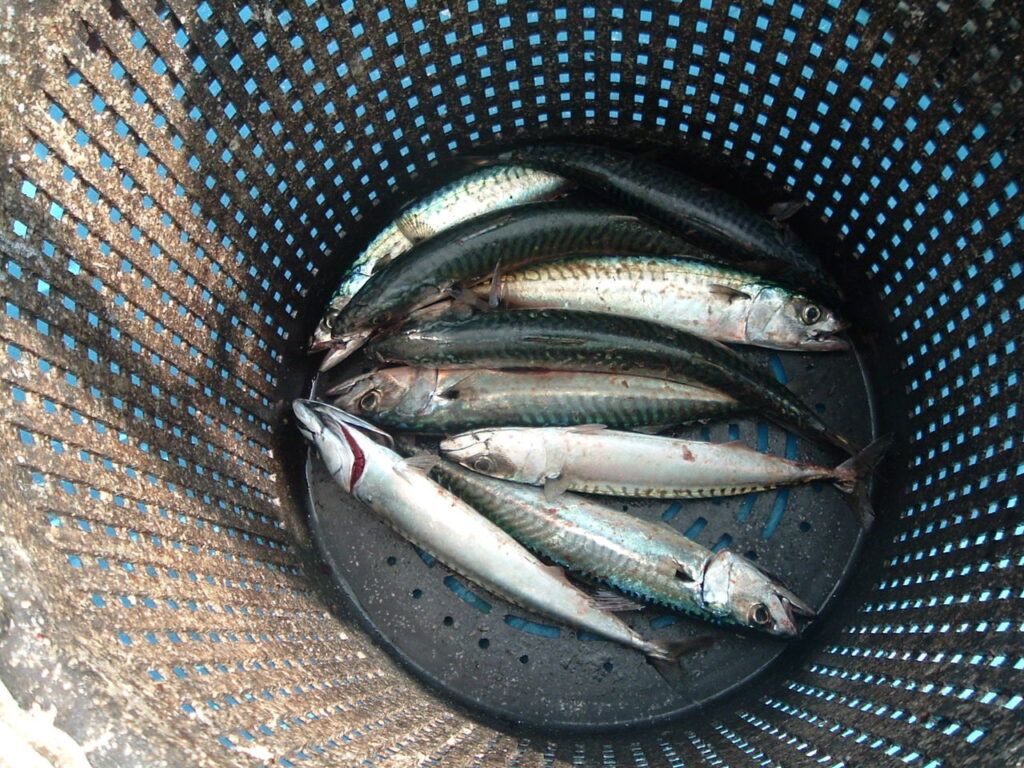
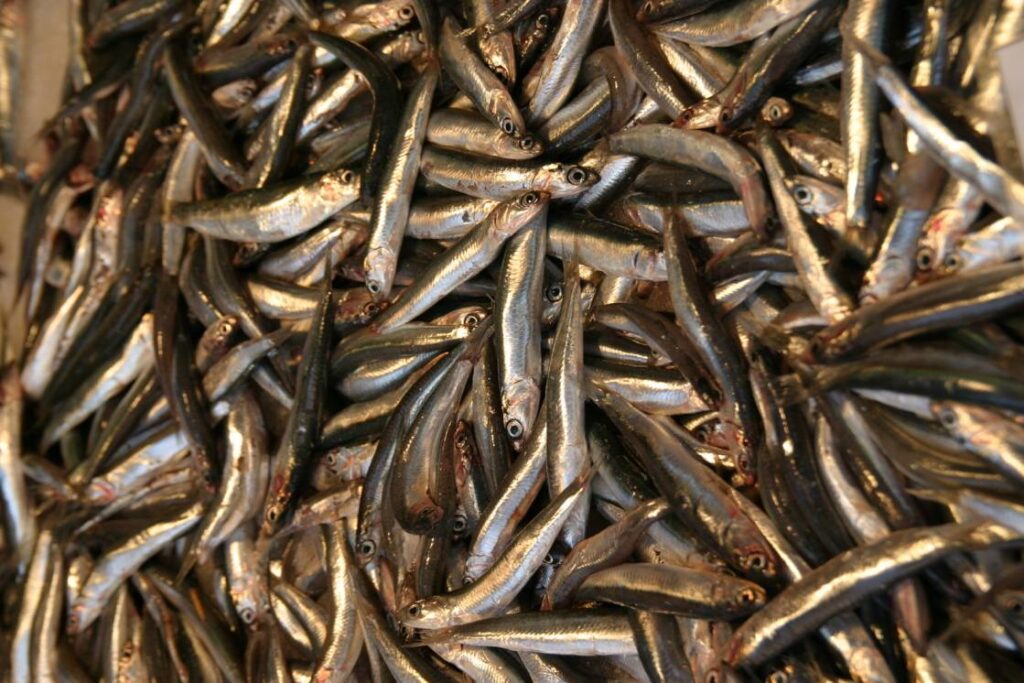
Whitebait
The official explanation for the phenomenon is:
“The whitebait are being corralled by the mackerel. The water appears to go black and you can see the movement in the water. They push the whitebait towards the shore. The mackerel are sometimes chased by sea bass and possibly the odd seal or dolphin. Once they are towards the shore, a large wave can leave a huge number of the whitebait deposited on the beach. They then try to flip themselves back into the water – but some do not make it and others are picked up by the seagulls.”
It is something I have seen a couple of times before – once in Ireland and once in my home county of Kent. Apparently, however, it is a regular occurrence here most years.
Feeding Frenzy
Flocks of seagulls, too full to take off. Seals swimming just offshore and dolphins in the bay, chasing the Mackerel.
People carrying bags full of the tiny fish to take home for their supper. Lightly fried in olive oil and garlic, finished with lemon juice and eaten with a chunk of fresh bread – simple and delicious.
Fishermen arriving by the score and stocking up their freezers for leaner times. BBQ’s all over the beach as people are catching their dinner and cooking it straight away
Not to be left out, I borrowed a rod and some tackle from Robert (The son of the gentleman who owns the beach) and headed to the shoreline. Half an hour later and about 20 fish to the good I thought it best I stopped – after all there are only two of us and we can eat only so much!
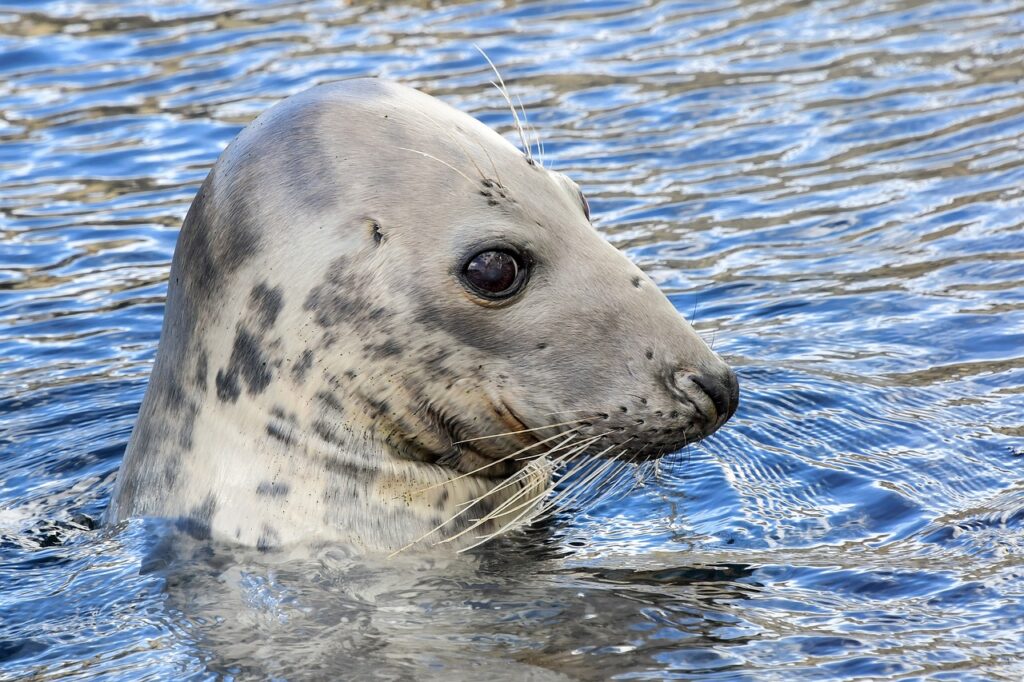
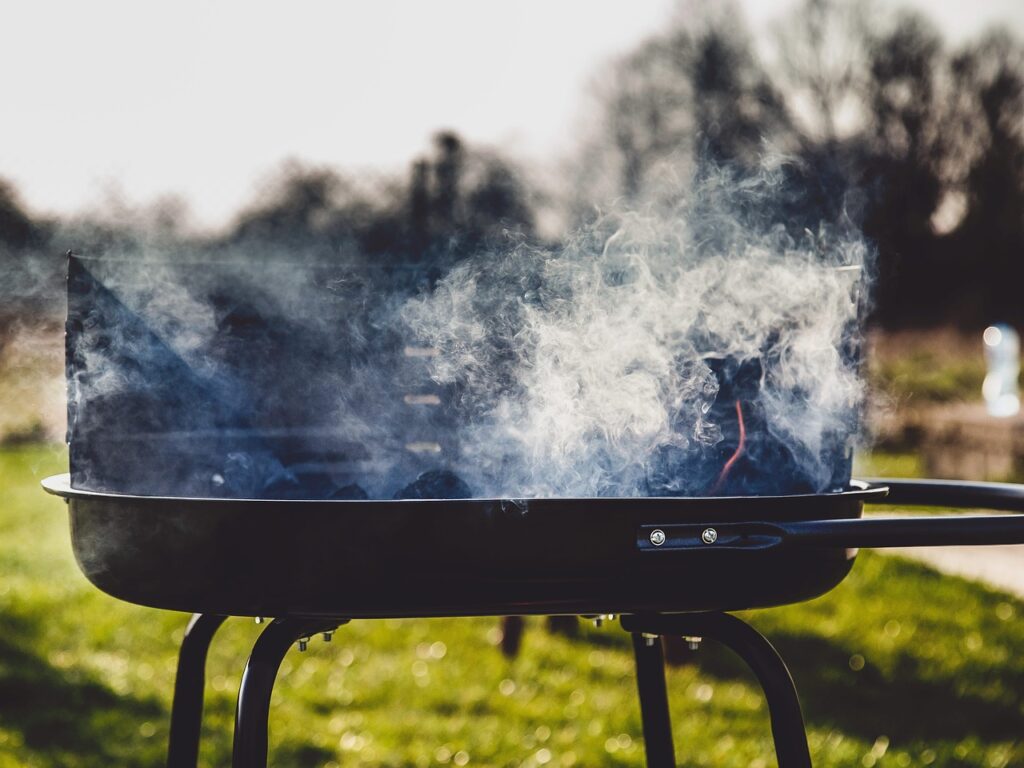
Cooking Mackerel
Mackerel is a beautiful fish with a striking, slightly iridescent, skin. It has a rich, fishy flavour and is described as ‘oily’, being high in omega-3 fatty acids.
Unfortunately, however, mackerel spoils very quickly. It is best eaten on the day it is caught. If it is not going to be eaten straight away it should be preserved in some way, for example by freezing or pickling. If you are buying Mackerel, look for firm fish with clear eyes and shiny bodies.
Mackerel can be cooked in a number of different ways, although baking in the oven, on the BBQ, grilling and pan frying are the most common.
Some recipes
Everyone seems to have their favourite way of cooking them around here – I guess because it is so plentiful at this time of year. One rolls a fillet in oats and pan-fries it for breakfast, another glazes it with a bitter marmalade before grilling it.
Here are some of my ideas:
- Indian Spiced Mackerel Fillet with Potato Salad With Lemon and Horseradish
- Pan-fried mackerel fillets with soy dipping sauce and Thai Style Asian Vegetable Salad
- Foil baked whole mackerel with lemon, garlic and herbs
- Soused mackerel
These links will open each of the recipes in a new tab.
Hope You Enjoy!
Please leave me a comment!

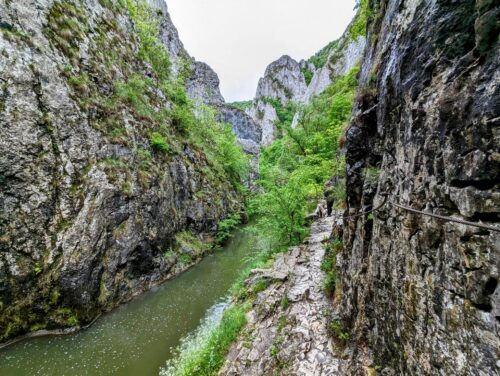


Pingback: A versatile soy dipping sauce with a slightly sweet and tangy flavour
Pingback: Pan-fried mackerel fillet Pan-fried Mackerel Fillet - A Chef On Tour
Pingback: Soused Mackerel. A light, bright tasting marinated mackerel recipe.
Pingback: Potato salad, a classic recipe with a little kick of lemon and horseradish
Pingback: Indian Spiced Mackerel Fillets - A Chef On Tour Recipe
Pingback: Foil baked whole Mackerel recipe, with lemon, garlic and fresh herbs.
Pingback: Asian Vegetable Salad with an explosion of fresh Thai flavours
Pingback: Summer 2020 at Blackpool Sands - A Chef On Tour